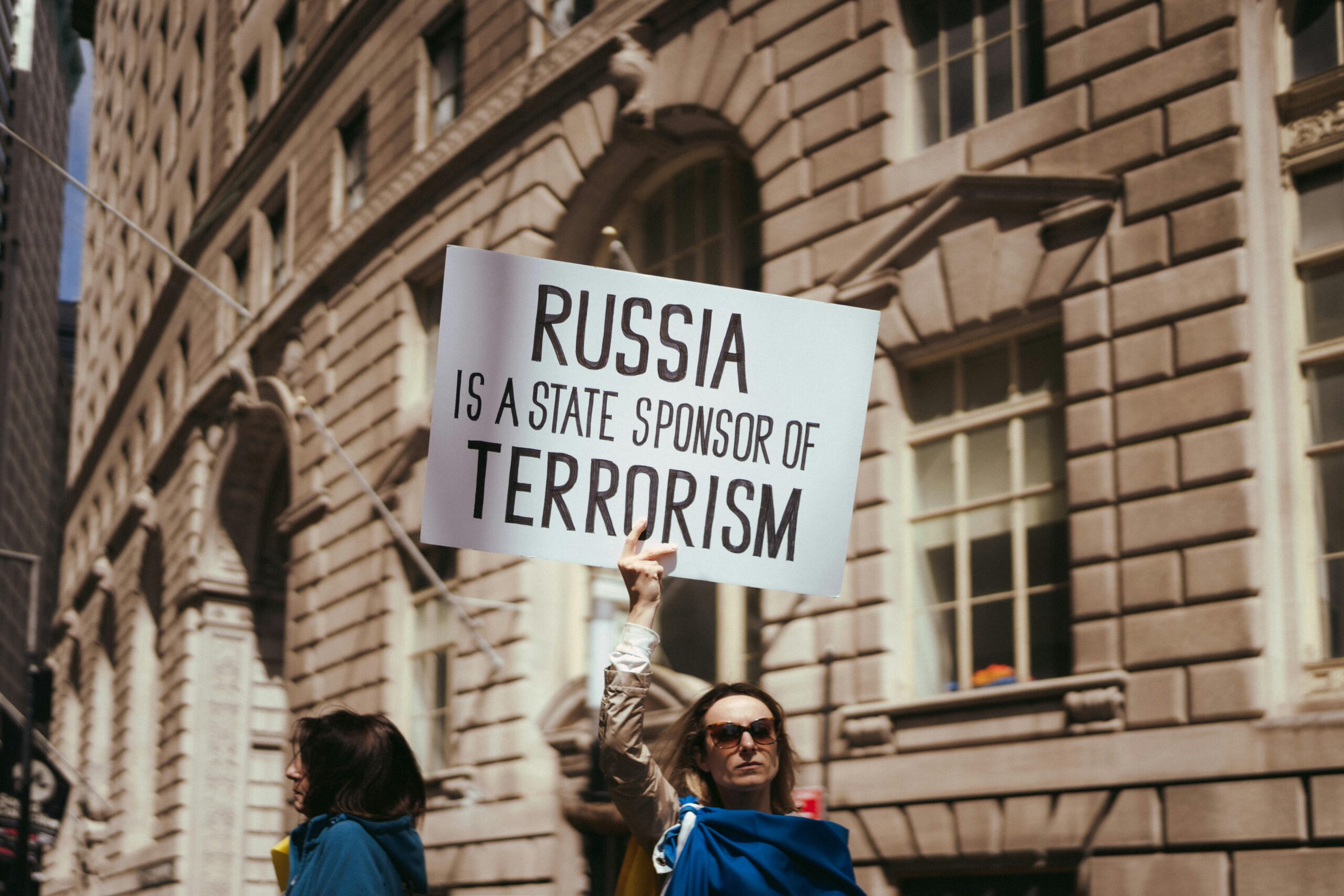In a world that’s more connected than ever, the rise of global terrorist organizations feels both alarming and perplexing. How did these groups, often starting as small, underground factions, evolve into powerful networks capable of impacting international politics, economies, and everyday lives? What fuels their growth and resilience despite relentless efforts to dismantle them? In this article, we’ll dive into the complex web of historical, political, and social factors that have shaped the rise of these global threats, seeking to understand how they became the formidable forces they are today. Join me on this curious exploration into one of the most pressing issues of our time.
Table of Contents
- The Role of Technology and Social Media in Expanding Influence
- Funding Sources That Empower Global Terror Networks
- How Ideology and Recruitment Shape Their Growing Reach
- Strategies for Countering and Dismantling Terrorist Power Structures
- Key Takeaways
The Role of Technology and Social Media in Expanding Influence
Technology and social media have revolutionized how information spreads, and terrorist organizations have exploited these tools with alarming sophistication. From encrypted messaging apps to mainstream social platforms, these groups use digital communication to coordinate operations, recruit followers, and spread propaganda on a global scale. The internet erases geographical barriers, allowing extremist content to reach vulnerable individuals in the remotest corners of the world within seconds. Real-time engagement, viral video content, and interactive forums have transformed recruitment tactics from isolated whispers into loud, persuasive campaigns that resonate emotionally with impressionable audiences.
Moreover, social media’s algorithm-driven ecosystems inadvertently amplify extremist narratives by prioritizing sensational content, helping these groups to expand their influence beyond traditional boundaries. Their online presence is strategically curated to evoke a sense of community, purpose, and urgency, drawing sympathizers into a digital ecosystem that’s difficult to escape. Key factors include:
- Decentralized networks: Smaller cells communicate seamlessly without centralized control, making shutdowns less effective.
- Multimedia propaganda: High-quality videos, memes, and infographics designed to captivate and persuade diverse audiences.
- Cross-platform presence: Utilizing multiple platforms to avoid censorship and maintain constant visibility.
Funding Sources That Empower Global Terror Networks
Behind the veil of chaos, many global terror networks sustain their operations through a web of surprisingly diverse and lucrative funding avenues. Illicit trade forms a significant backbone—whether it’s smuggling drugs, weapons, or even rare artifacts stolen from conflict zones. These black-market enterprises not only generate billions but also foster complex relationships with criminal syndicates worldwide. Moreover, certain groups exploit legitimate businesses as fronts, laundering money seamlessly through industries like construction, import-export, and real estate.
Another lesser-known but critical facet is the role of charitable organizations and diaspora communities. Under seemingly altruistic appearances, some nonprofits channel donations to support extremist activities. Meanwhile, sympathizers abroad send remittances that inadvertently prop up terror organizations. This multi-layered financial ecosystem allows these groups to maintain an astonishing level of autonomy, fund recruitment drives, and innovate on the battlefield—fueling their relentless quest for influence on the global stage.
How Ideology and Recruitment Shape Their Growing Reach
At the heart of their expanding influence lies a potent blend of rigid ideologies and sophisticated recruitment strategies. These groups often position themselves as champions of a greater cause, tapping into deep-rooted grievances, social injustices, or political unrest to forge a powerful narrative. This narrative not only justifies their actions but also appeals to those who feel marginalized or disenfranchised, offering a sense of purpose and belonging where none seemed to exist before. The ideological framework serves as a magnetic force, binding together diverse individuals under a shared vision, no matter how extremist.
Complementing this ideological pull is an adaptive recruitment mechanism that thrives in both physical and digital landscapes. By utilizing:
- social media platforms for targeted propaganda,
- personalized messaging that exploits vulnerabilities,
- community networks that foster trust at the grassroots level,
- and even sophisticated psychological tactics,
these organizations create a multi-layered approach to swelling their ranks. Recruitment isn’t random; it’s a calculated process that continually evolves to outpace countermeasures, ensuring their growing reach penetrates new demographics and geographies with alarming efficiency.
Strategies for Countering and Dismantling Terrorist Power Structures
Understanding and dismantling entrenched terrorist networks requires a multi-dimensional approach that targets their foundation rather than just the visible manifestations of their power. Intelligence gathering plays a crucial role; it’s not merely about intercepting communications but involves human intelligence and cyber surveillance to infiltrate their operations and unveil their leadership hierarchies. Additionally, cutting off financial resources through targeted sanctions and monitoring global money flows weakens their ability to recruit, arm, and expand. When financial channels are disrupted, these groups face logistical breakdowns, which can stall their momentum and erode morale among their members.
Beyond tactical measures, addressing ideological appeal is vital. Counter-narratives that challenge extremist propaganda can undercut recruitment by exposing inconsistencies and offering alternative paths to disenfranchised individuals. This often involves collaboration with local communities, religious leaders, and former extremists who understand the nuances of the messaging. Moreover, fostering socio-economic development in vulnerable regions reduces the fertile ground where terror groups thrive, by providing hope and stability. Together, these strategies create a layered defense, eroding terrorist influence piece by piece, rather than allowing their power to regenerate unchecked.
Key Takeaways
As we’ve seen, the rise of global terrorist organizations is a complex web woven from geopolitical chaos, technological advances, and shifting ideologies. Understanding how these groups grew so powerful isn’t just about tracing their history—it’s about recognizing the ongoing challenges we face in countering them. Their influence thrives in the shadows of instability and digital connectivity, making it all the more important for us to stay informed and curious. After all, the more we learn about their origins and methods, the better equipped we are to imagine a future where their power wanes and peace has a stronger foothold. What do you think are the next steps in this ongoing battle? Let’s keep the conversation going.












